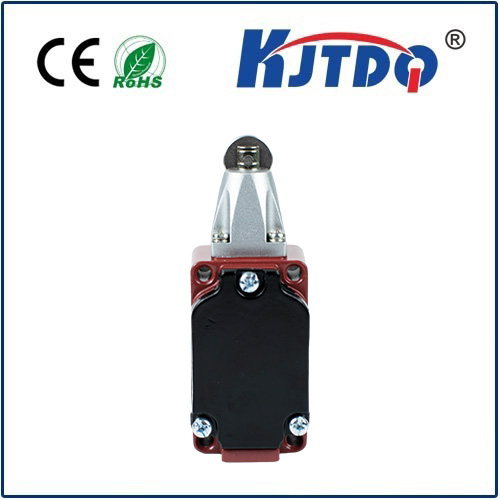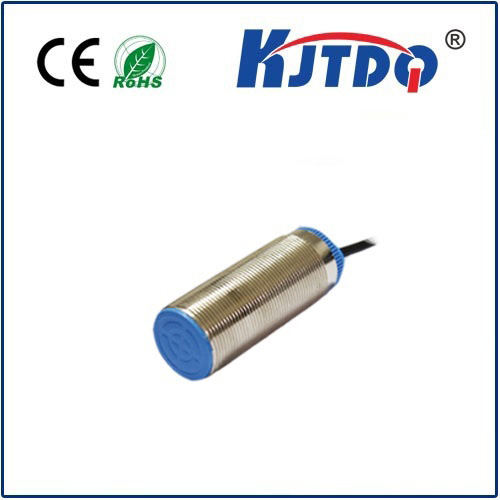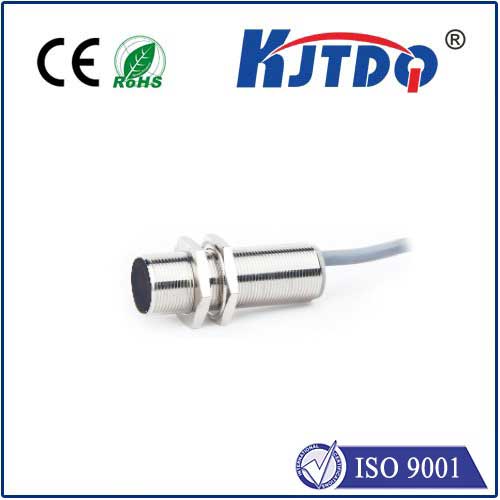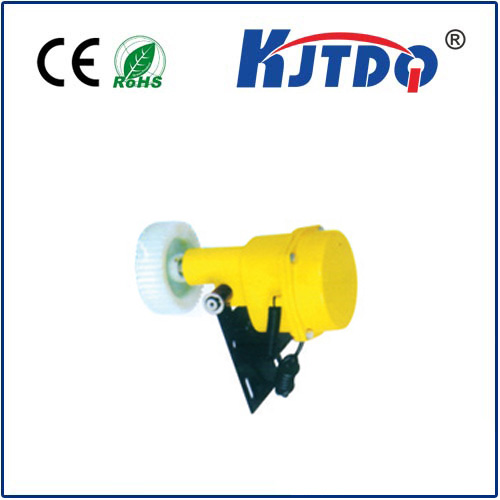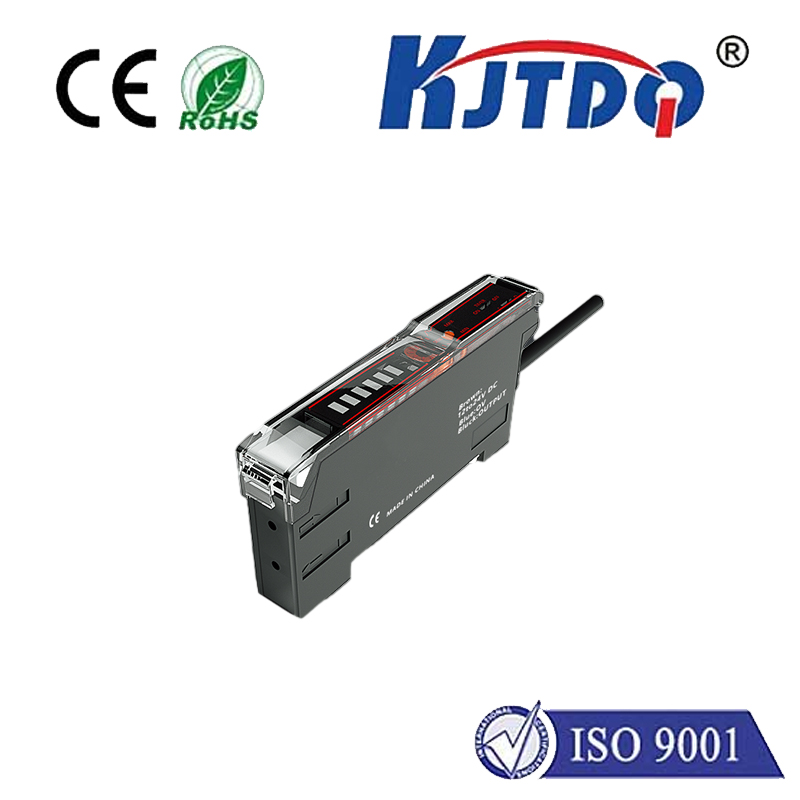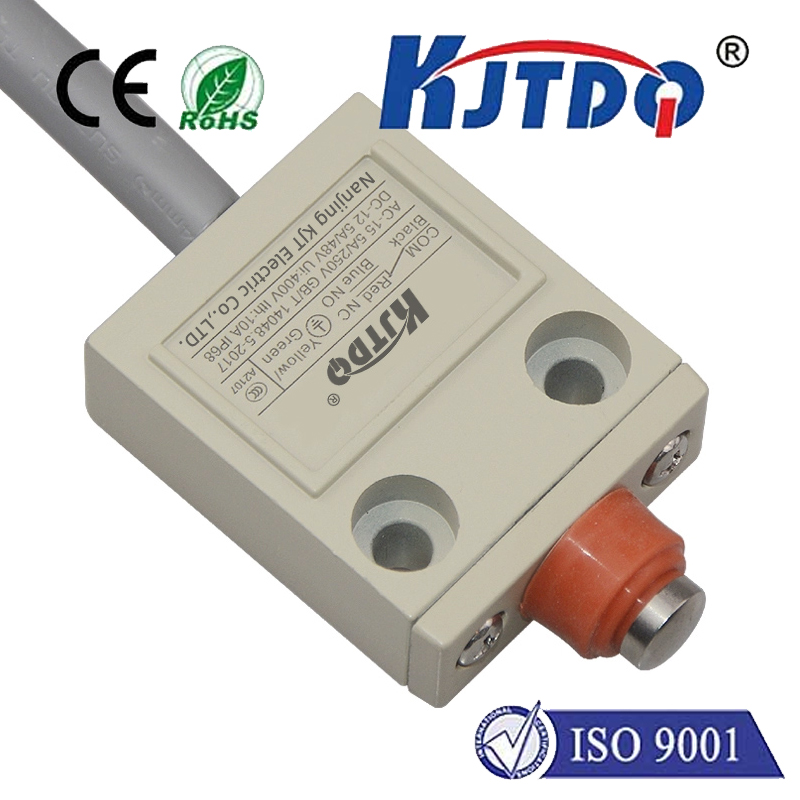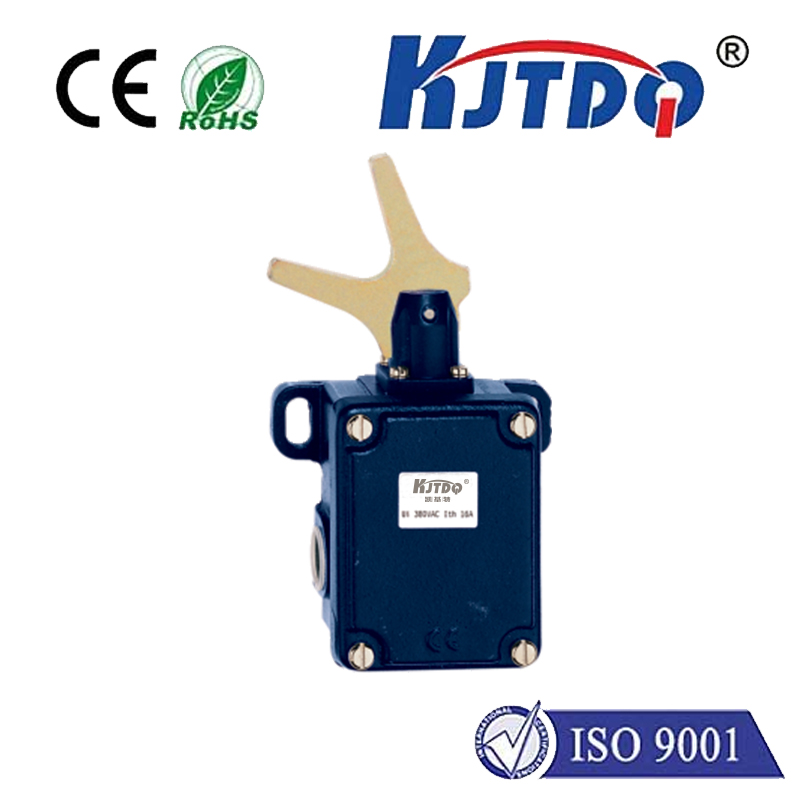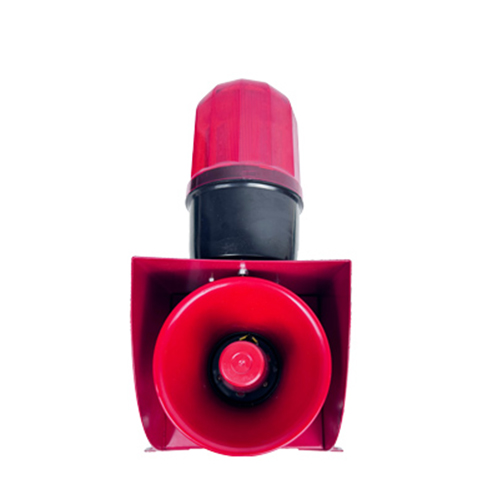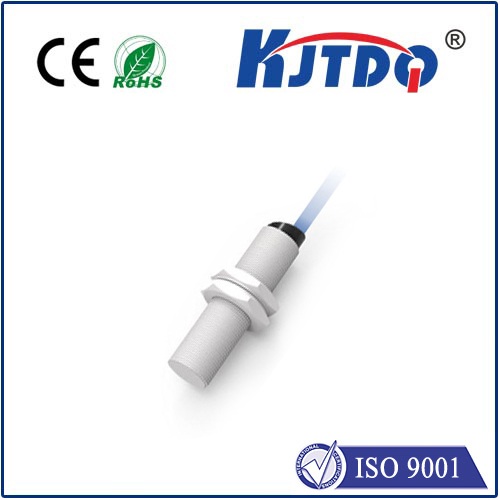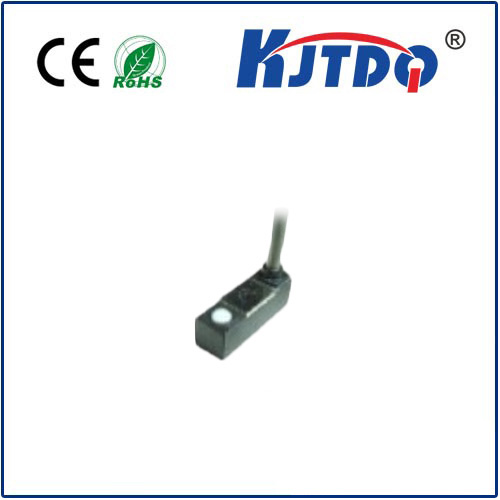

check

check

check

check
Imagine a world where your smartphone screen automatically turns off when held to your ear, your car safely parks itself avoiding obstacles, or factory robots seamlessly work alongside humans without collision. This isn’t science fiction; it’s the everyday reality enabled by the often-overlooked heroes: proximity detection sensors. These remarkable devices act as the invisible guardians, detecting the presence or absence of objects within their vicinity without physical contact, fundamentally shaping safety, efficiency, and user experience across countless industries.
At its core, a proximity detection sensor is an electronic device designed to identify the approach of an object within a predefined range, known as its detection field. Crucially, this detection happens non-contact, meaning the sensor doesn’t need to touch the target object. This principle eliminates wear and tear, enhances reliability, and allows detection of fragile, sensitive, or even moving objects where contact would be impractical or dangerous.
The evolution of proximity technology has been remarkable. From rudimentary mechanical switches to sophisticated solid-state electronics, sensors have become smaller, smarter, more accurate, and incredibly versatile. Modern proximity sensors leverage diverse physical principles, each tailored for specific applications and environments:

The advantages of integrating proximity detection technology are compelling:
The applications of proximity sensors are truly ubiquitous:
It’s crucial to distinguish proximity detection from motion detection. While often conflated, they serve different purposes. A proximity sensor detects the presence or absence of an object within a static detection zone at a specific point in time. Motion sensors, like Passive Infrared (PIR) sensors or microwave sensors, detect movement or changes in a scene over time. Proximity sensors answer “Is something there?”; motion sensors answer “Did something move?”.
The future for proximity detection sensors is exceptionally bright. Trends include increasing miniaturization enabling integration into ever-smaller devices, enhanced intelligence through onboard processing for context-aware decisions, improved resistance to environmental interference (dust, light, moisture), and the development of multi-modal sensors combining different detection principles for higher robustness. Integration with the Internet of Things (IoT) platforms allows remote monitoring and data analytics, while pairing with Artificial Intelligence (AI) enables predictive maintenance and even smarter environmental perception.
From the smartphone in your pocket to the factories building it and the cars transporting it, proximity detection sensors operate silently, reliably, and indispensably. As technology continues its relentless advance, these “silent sentinels” will evolve, becoming even more precise, intelligent, and integrated, continuing to play a foundational role in building safer, smarter, and more efficient systems that seamlessly interact with the physical world around them. Their ability to sense presence without contact remains a cornerstone of modern automation and user interaction design.
